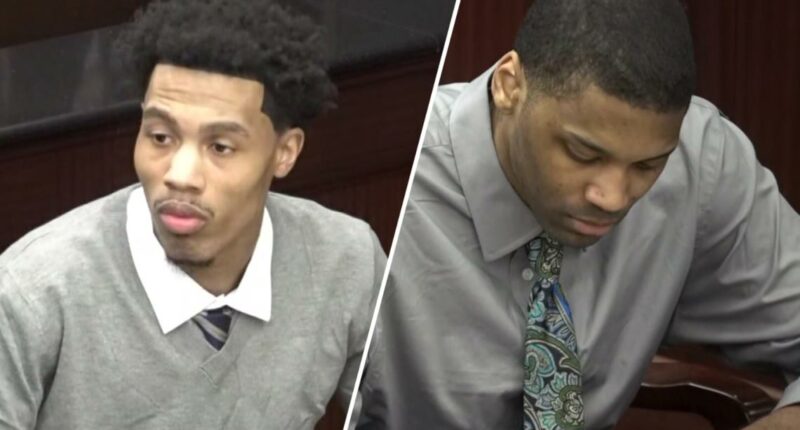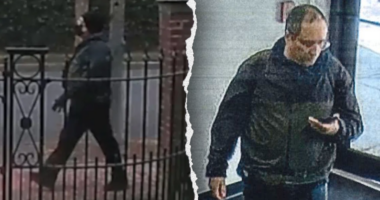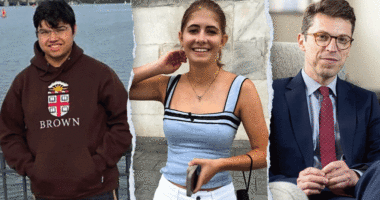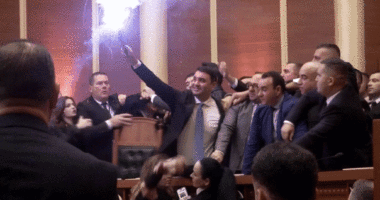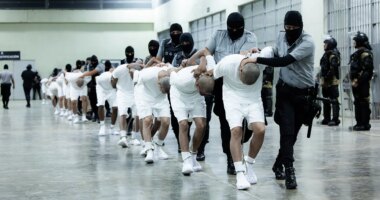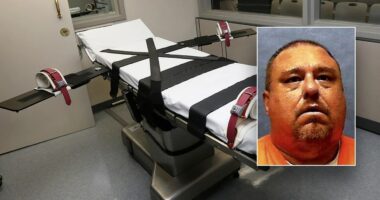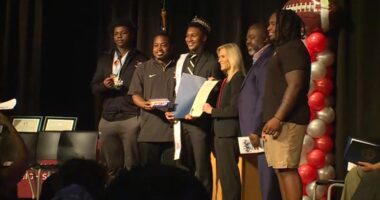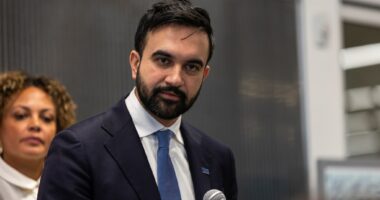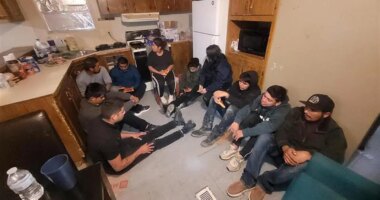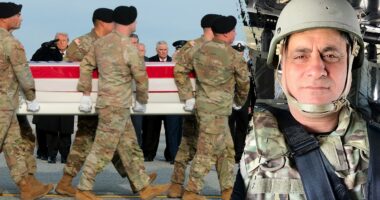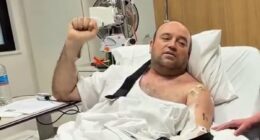Share this @internewscast.com
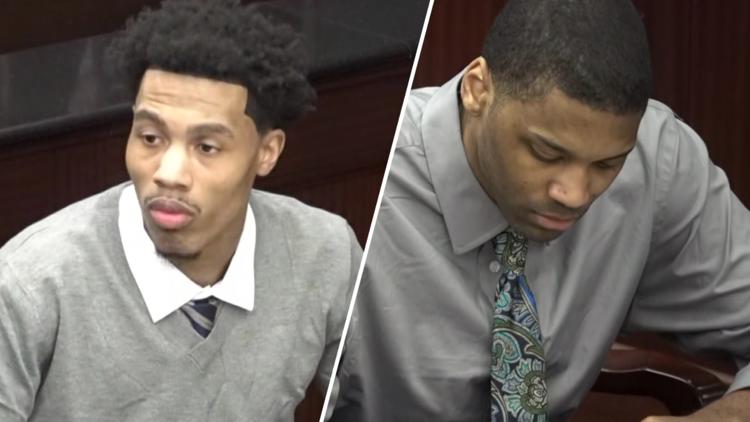
The trial’s fourth day focused on digital evidence as jurors reviewed cellphone records, surveillance footage and interrogation tapes.
JACKSONVILLE, Fla. — Testimony on the fourth day of the trial concerning the murder of 13-year-old Prince Holland focused on digital evidence, social media, and a contested jail phone call that prosecutors argue connects one of the accused to the events following the crime.
The morning opened with arguments over whether jurors should hear a recorded jail call between defendant Kentravious Garard and his ex-girlfriend.
After several rounds of debate, Judge Branham ruled the call could be entered into evidence.
FBI Special Agent Bobby Dwight, an expert in cellular analysis, presented phone data from the night of the incident to the jurors.
Dwight highlighted that cell tower data is not equivalent to GPS, offering only estimated coverage areas. Defense attorneys reinforced this point by reminding the jurors that the data does not confirm who was using the phones or precisely identify anyone at the shooting scene.
Later, the prosecution introduced Sergeant T.C. Mitling, the lead homicide detective from the Jacksonville Sheriff’s Office, who guided jurors through surveillance videos showing a blue Kia Rio following the victim’s car both before and after the shooting. Investigators noted the car was registered to Johnson’s grandmother, Elizabeth Franklin.
Surveillance footage from various cameras, including those from nearby shops and traffic intersections, depicted the blue Kia and red SUV in sequence before gunfire erupted. Holland’s family remained composed but visibly affected in court as the videos were presented.
Mitling’s testimony also highlighted the importance of social media in the investigation, citing a post made by another individual just 30 minutes post-shooting, where he stated, “If they say I did it, I did it.”
Detectives later secured search warrants for the defendants’ cell phone records, iCloud data, and Instagram accounts, helping investigators piece together their movements and communication in the hours surrounding the shooting.
